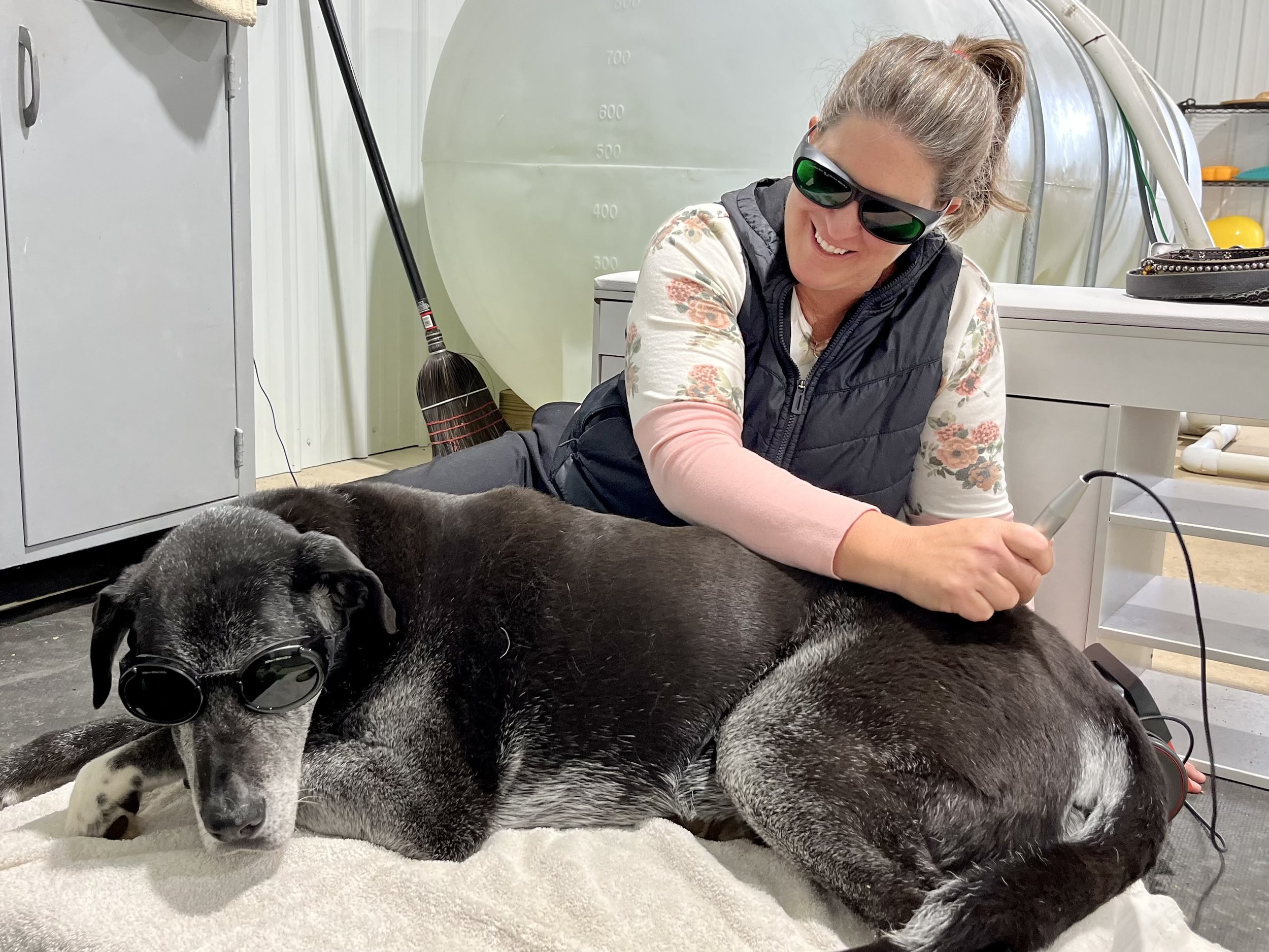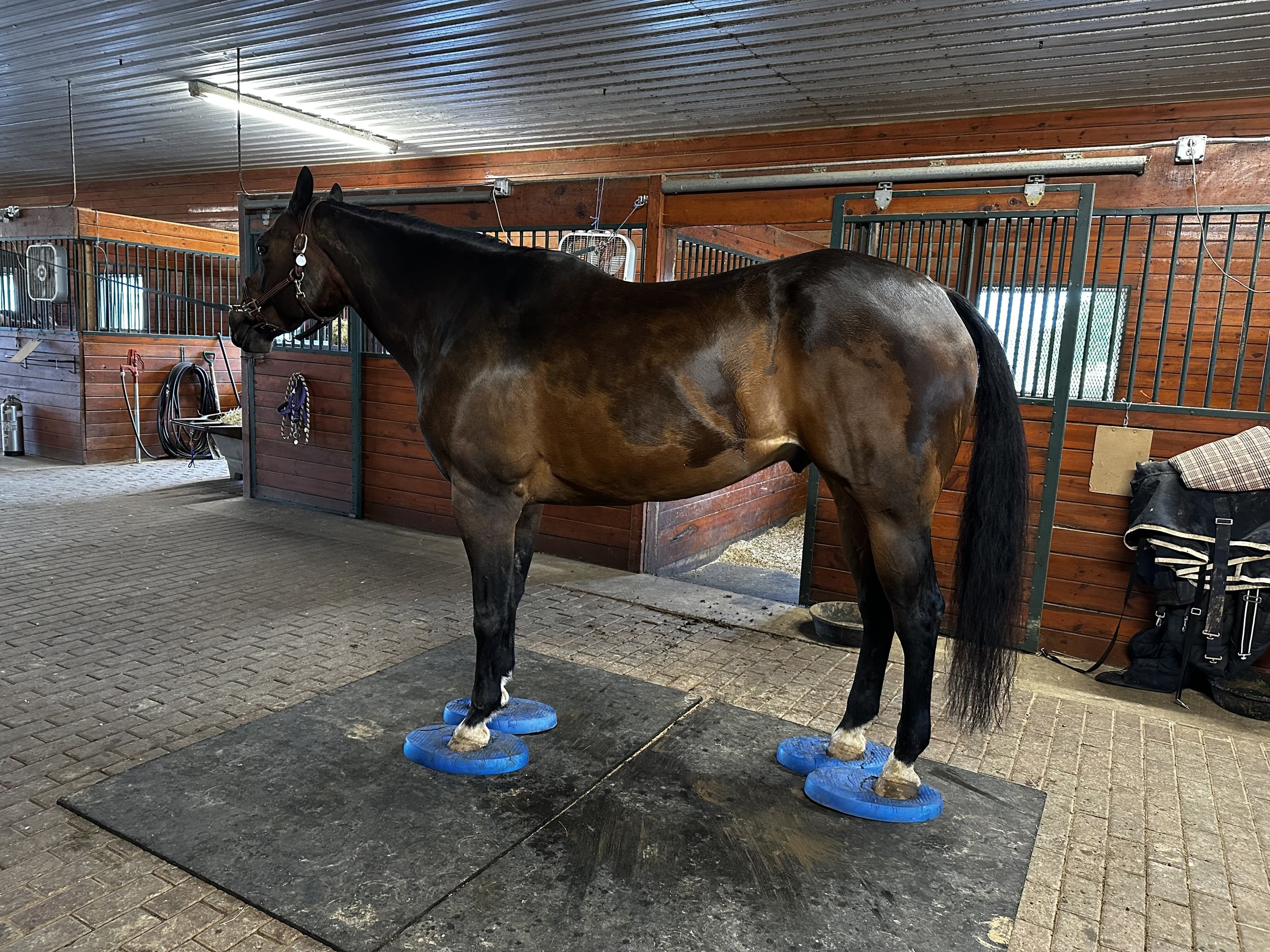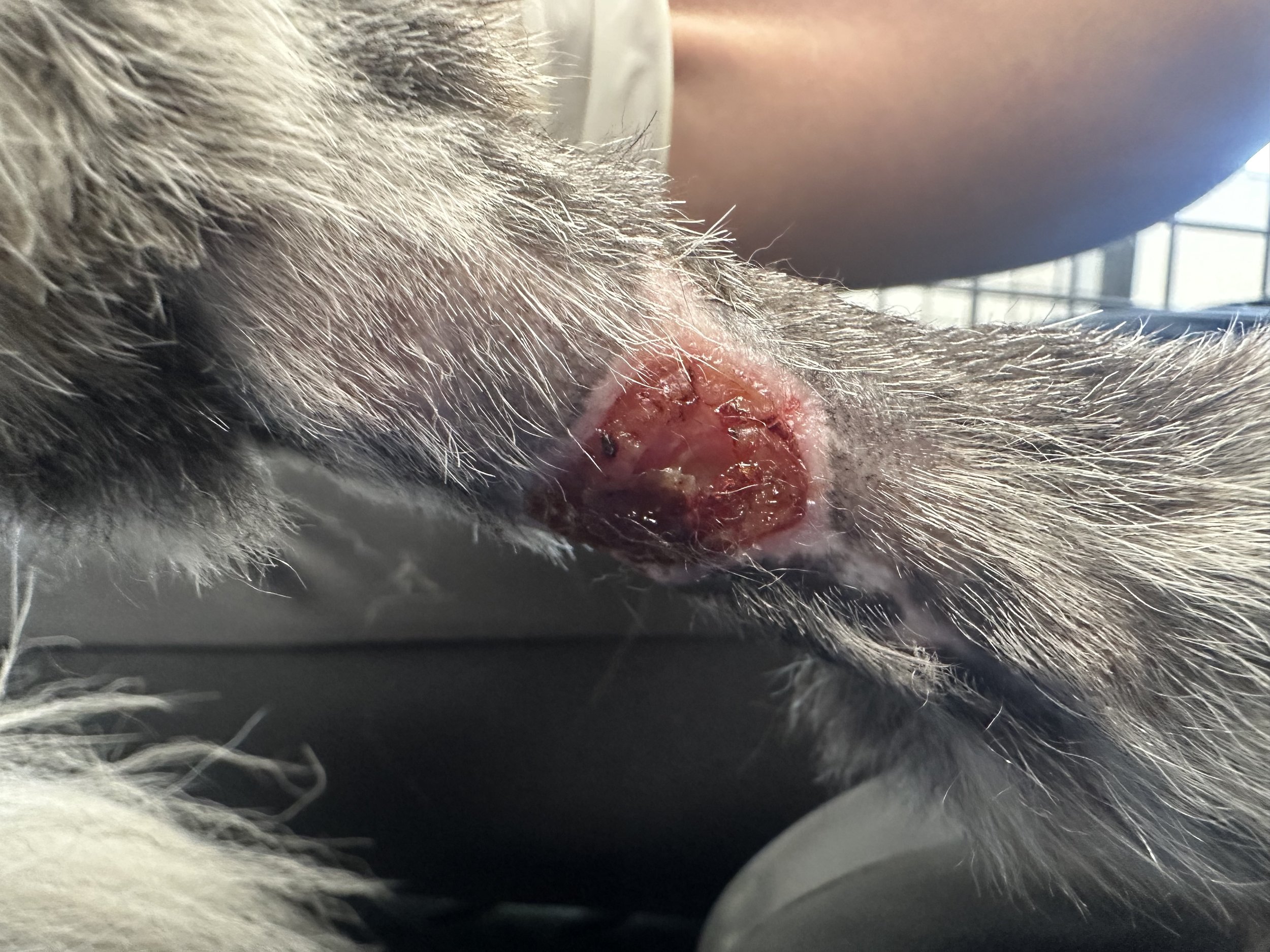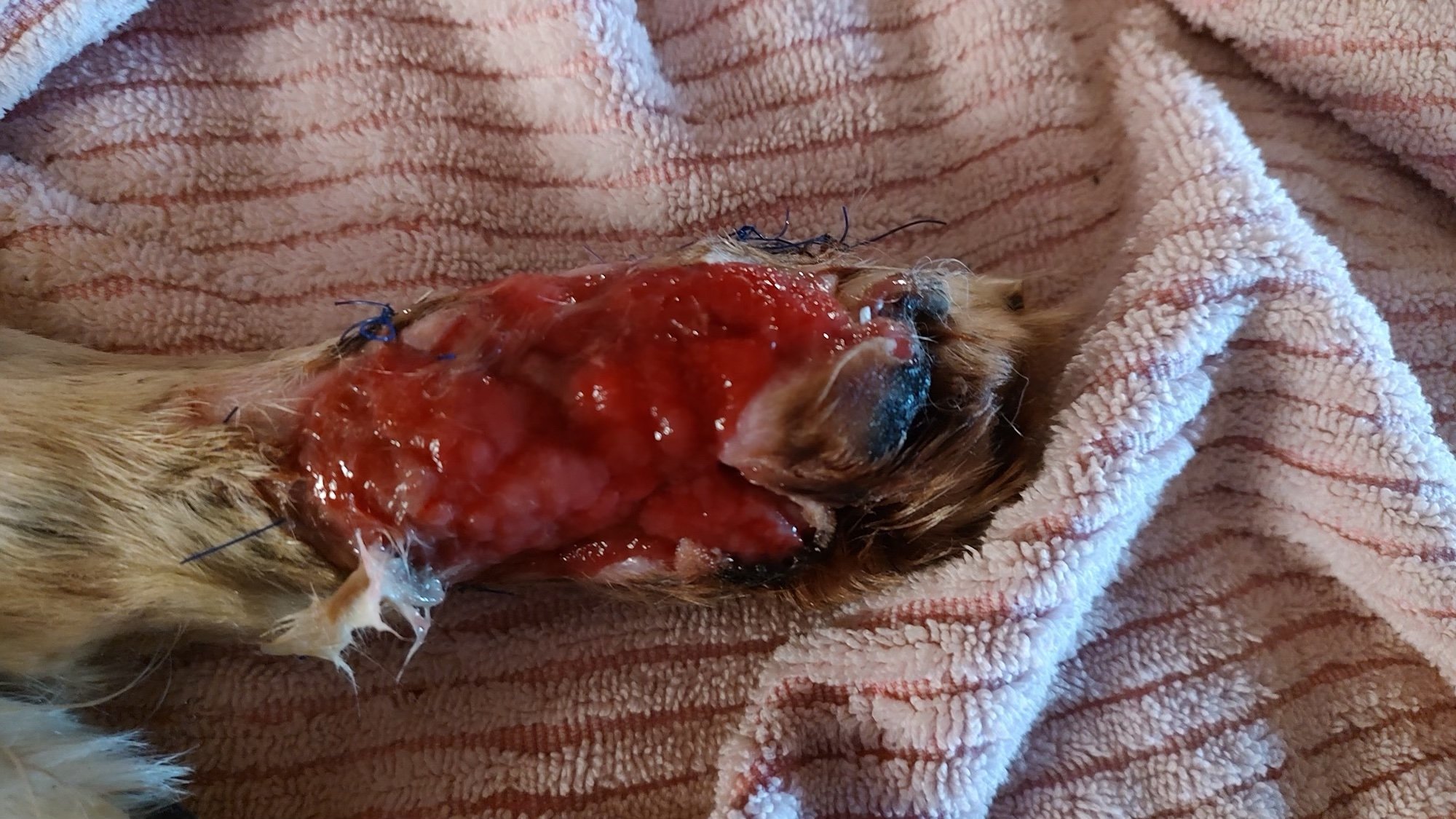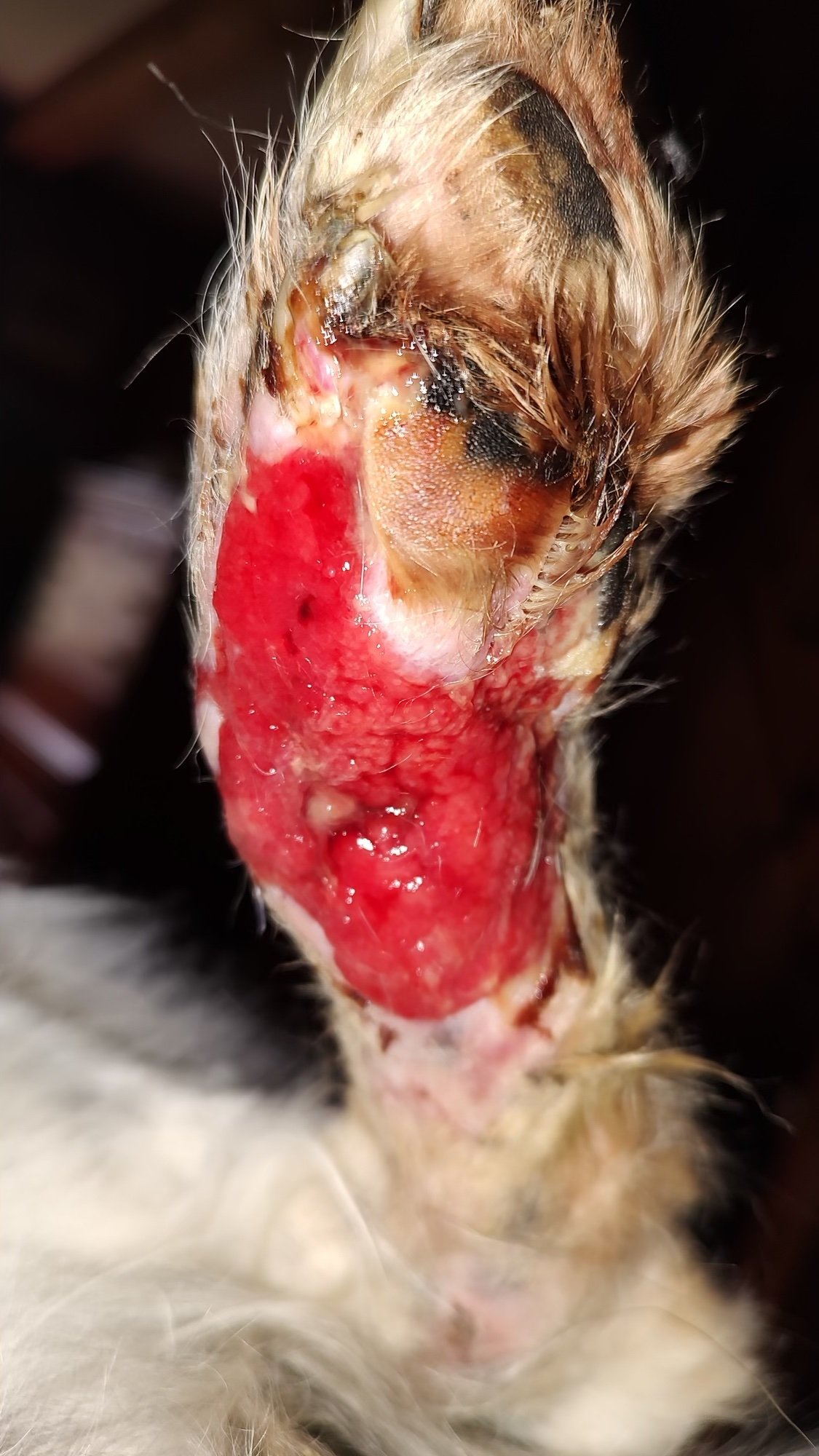Rehab During Each Phase of Tissue Healing: Phase 3
*Warning: Article contains graphic images of healing wounds.
During the following two or more weeks, we enter the Proliferation Phase of healing. The body’s goal is to fill in or cover the injury. Specific cell types proliferate resulting in growth of capillary beds, production of new collagen, and formation of granulation tissue to replace the original fibrin clot. Wounds also begin to contract during this phase. The type of tissue and size of the injury determines the exact timeline for this phase. A muscle tear may begin contracting around weeks 1 to 2, while a tendon or ligament injury may go through this process around 3 to 6 weeks. This stage of healing is VERY important for rehabilitation. The tissue is thin, poorly organized and fragile. It can be easily damaged if stressed too much. However, appropriate tensile loading of the healing tissue helps encourage its growth and organization and helps decrease the formation of adhesions.
How can we help during the proliferation phase?
Controlled exercise is essential during this phase. This plan can vary widely based on the type of injury. Regular evaluations should be performed to assess response to exercise and adjust accordingly.
Exercise may include short time increments of hand walking which gradually increase in length.
The underwater treadmill may be useful for some animals during this phase. Typically belt speed is kept very low and the water is kept very high to provide buoyancy and encourage slow, gentle, controlled movement. The water also improves circulation and lymphatic drainage.
Cold therapy after exercise is important to control inflammation and swelling. The ‘Game Ready’ system and ice therapy are used regularly.
The Class IV laser is helpful during this phase to increase blood flow, speed cellular metabolism to increase tissue oxygenation and flush out waste products, and to provide pain relief.
Gentle stretching can help maintain elasticity of healing tissue, decrease the chance of adhesions, elongate muscles, and improve joint mobility.
As the proliferation phase is occurring, the new tissue begins entering into Phase 4 of healing - The Maturation Phase.



